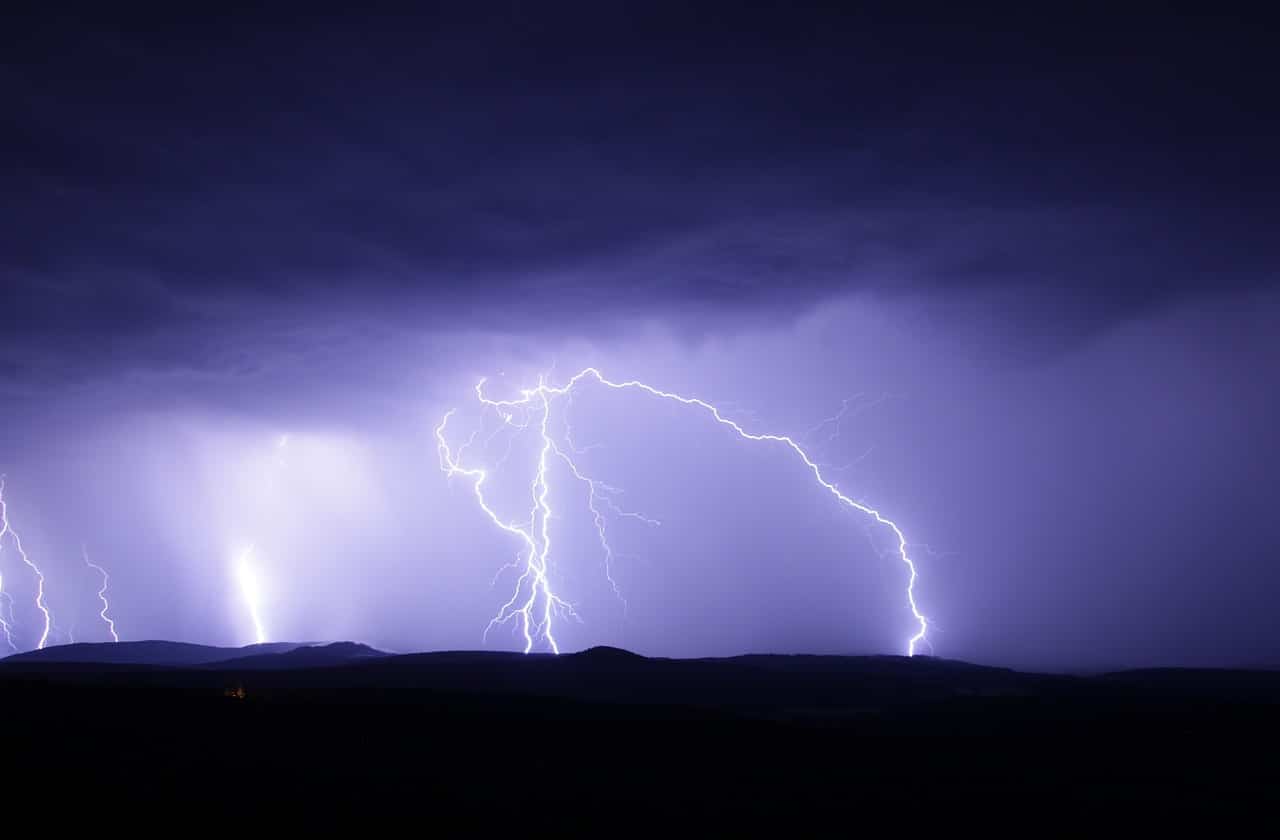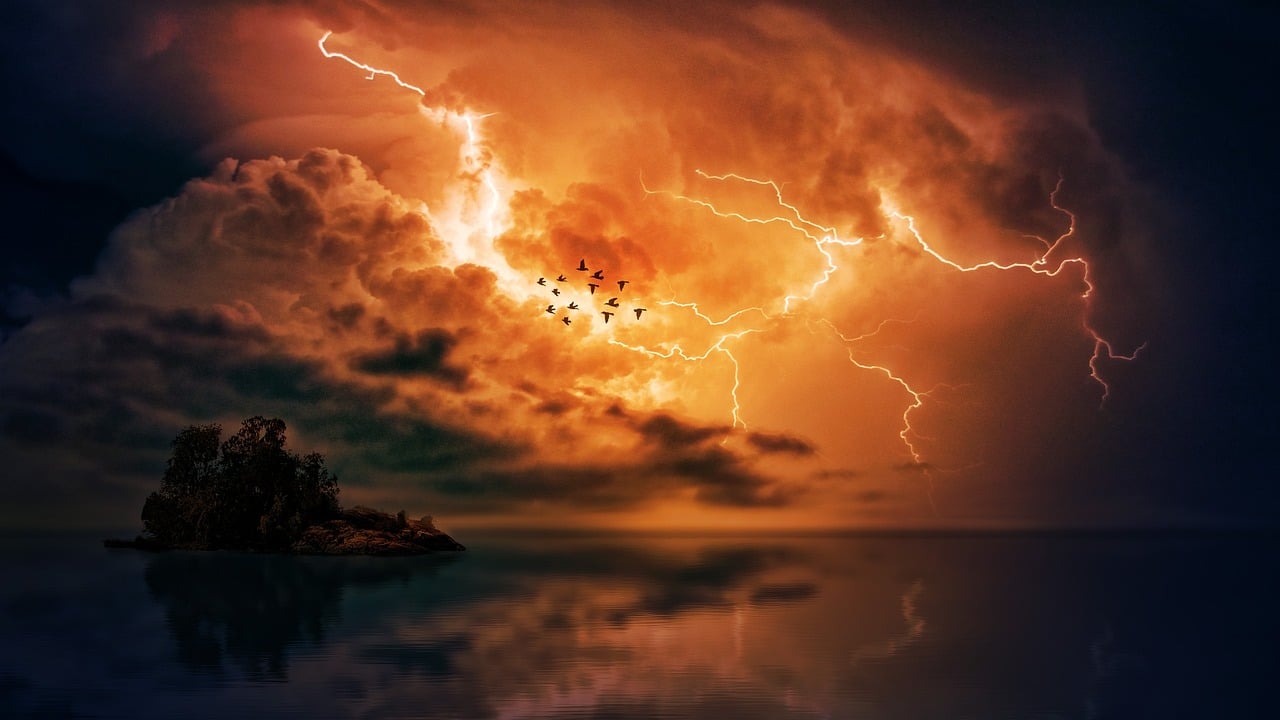
A thunderstorm includes lightning.
An electrical storm is one of the many meteorological phenomena that occur on the planet, although in this case there are particularities, such as the observation of lightning and the development of thunder whose intensity can vary at each opportunity.
The concept of storm is used to identify a disturbance produced at the atmospheric level that develops violently and combines winds and precipitation . Its origin is in the collision of air masses with different temperatures, which causes the formation of clouds and breaks the stability of the environment.
Electric , on the other hand, is that which is related to or belongs to electricity . This term refers to the physical properties of attraction or repulsion that are observed in parts of the same matter . The concept also indicates the modality of energy based on this physical property.
Formation of a thunderstorm
It should be noted that thunderstorms are triggered when there are cumulonimbus clouds. Although these storms are generally accompanied by strong winds and rain , lightning and thunder can also occur without precipitation.
A thunderstorm occurs when hot air rises at high speed and meets cold air at a temperature below the dew point, releasing latent heat and producing a thunderstorm. Lightning is generated when icy particles are released from high clouds towards the Earth's surface, releasing energy due to the existence of different charges on the particles.

Thunderstorms form with cumulonimbus clouds.
Its phases
Throughout the period that a common storm lasts, three clearly differentiated phases are usually seen, which last approximately between a quarter of an hour and thirty minutes. These stages are:
- Birth : during this stage, also called cumulus , masses of moisture rise into the atmosphere . The cause of this phenomenon may be the heating caused by the sun on the ground and its consequent production of thermal columns, the convergence of two winds that push the air upward or the presence of windy currents ascending a sloping terrain. Moisture quickly turns into water droplets due to the lower temperatures found at altitude, creating cumulonimbus . As water vapor condenses and becomes liquid, heat is released into the air, lowering its density relative to the dry air around it and causing it to rise (through the process of convection), creating an area of low pressure beneath the region where the storm forms.
- Maturity : Warm air continues to rise until it encounters higher temperature air and can no longer continue, forcing it to spread in all directions. At this time a type of cloud known as cumulonimbus incus forms. The small water droplets merge and become heavy ice particles, which melt when they fall, taking on the appearance of raindrops that we all know. It is common for significant turbulence to occur within the storm system during this phase, which manifests itself as strong winds, shocking lightning , and, in some cases, tornadoes .
- Dissipation : the downdraft is thrown towards the ground and, upon hitting it, spreads. Cold air reaching Earth disrupts the influx of the updraft, causing the storm to dissipate. If atmospheric conditions do not favor supercellular development, then the phase occurs shortly after the storm begins, between 20 and 30 minutes later.
